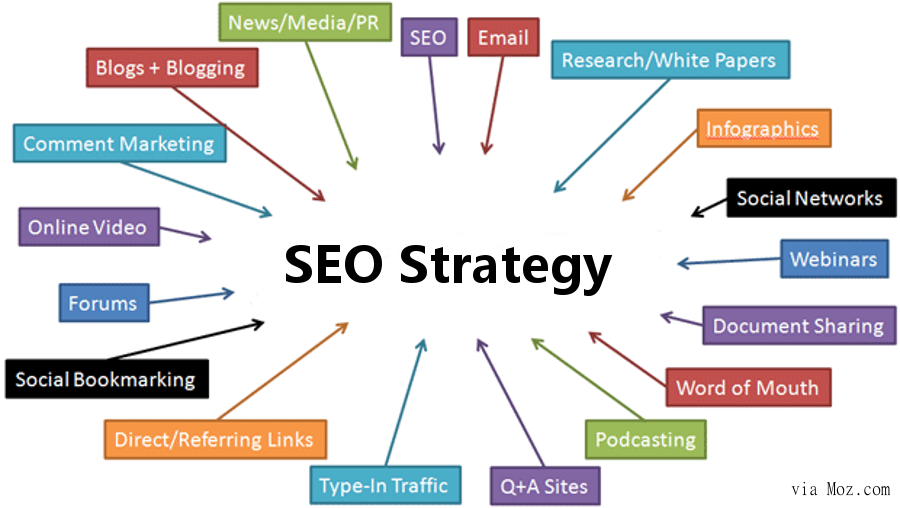A Detailed Look at What Is Not Considered a Default Medium in Google Analytics
A Detailed Look at What Is Not Considered a Default Medium in Google Analytics
Blog Article
Introducing the Unconventional Mediums in Google Analytics Beyond Default Setups
In the world of electronic analytics, Google Analytics stands as a foundation for companies seeking to understand their on-line visibility. By venturing beyond the surface and diving right into the ins and outs of social media data, email project efficiency, recommendation traffic resources, straight web traffic patterns, and custom-made channel groups, a prize trove of information waits for those prepared to embrace an extra nuanced technique.

Leveraging Social Media Site Insights
Occasionally forgotten, yet tremendously beneficial, is the practice of leveraging social networks understandings within the realm of Google Analytics. By integrating data from platforms like Facebook, Twitter, Instagram, and LinkedIn into Google Analytics, companies can acquire a much deeper understanding of their target market and the efficiency of their social media sites campaigns.
With this integration, online marketers can track and analyze individual behavior on their site that stems from social networks platforms. They can identify which social media channels are driving one of the most traffic, which web content is reverberating with the audience, and which campaigns are converting the most leads. This understanding allows for data-driven choices to enhance social media techniques and enhance general advertising efficiency.
In addition, by incorporating social media sites insights with Google Analytics, businesses can create much more targeted and customized campaigns - what is not considered a default medium in google analytics. They can use demographic information, interests, and online behaviors gathered from social media to fine-tune their audience segmentation and deliver customized messages that reverberate with details consumer teams. This targeted technique can result in higher interaction, raised conversions, and eventually, enhanced roi
Uncovering Email Campaign Efficiency
Revealing Email Campaign Performance involves assessing vital metrics and performance indications to evaluate the efficiency of e-mail advertising efforts. When diving into email project performance, it is critical to evaluate metrics such as open rates, click-through rates, conversion rates, and unsubscribe prices. Open up rates show the portion of recipients that opened the e-mail, providing understanding into the effectiveness of subject lines and sender names. Click-through rates measure the percentage of receivers that clicked links within the email, revealing interaction levels. Conversion prices track the percent of recipients that completed a preferred action after clicking on a web link in the e-mail, such as making a purchase or authorizing up for a newsletter. Unsubscribe prices highlight the number of recipients that chose out of receiving more emails, losing light on email material quality and significance. By analyzing these metrics, marketers can tweak their email advocate much better involvement and performance.
Studying Referral Traffic Sources
After examining the efficiency of e-mail projects through key metrics such as open rates and conversion rates, the next important action is examining reference website traffic resources in Google Analytics to understand where web site site visitors are originating from and exactly how they engage with the website. Reference website traffic resources describe the web sites that guide users to your site with clickable links. By delving into this information, organizations can obtain understandings right into which outside systems are driving web traffic to their website, whether it be social networks platforms, companion web sites, or on the internet directories.
Evaluating referral traffic can provide beneficial details on the performance of exterior advertising and marketing initiatives and partnerships. It helps businesses recognize high-performing recommendation sources that add dramatically to internet site traffic and conversions. In addition, by comprehending the behavior of site visitors coming from different reference sources, businesses can customize their advertising strategies to maximize interaction and conversions. Google Analytics supplies in-depth reports on referral website traffic, enabling organizations to track the performance of each reference source properly and make data-driven decisions to boost their online existence.
Discovering Straight Traffic Patterns
Checking out the direct web traffic patterns in Google Analytics offers beneficial insights into user actions and the performance of campaigns - what is not considered a default medium in google analytics. Straight web traffic describes site visitors who arrive at an internet site by directly keying the link right into their internet browser, using bookmarks, or clicking untagged web links. Recognizing direct web traffic patterns can assist marketers assess the effect of offline advertising and marketing initiatives, brand recognition, and the effectiveness of word-of-mouth recommendations
By diving into direct web traffic data, businesses can reveal crucial details concerning individual intent and brand loyalty. Analyzing the actions of straight site visitors, such as the pages they go to, the time invested on site, and the conversion rate, can give a much deeper understanding of individual engagement and the total efficiency of the site in converting site visitors into customers.
Moreover, tracking straight traffic patterns over time permits companies to identify fads, seasonality effects, and the success of specific projects or promotions in driving straight gos to. This details can after that be used to improve advertising strategies, enhance website web content, and enhance the total user experience to make the most of conversions.
Making Use Of Custom Network Groupings
Utilizing custom-made channel collections in Google Analytics allows services to classify and evaluate their internet site traffic based upon specific requirements, giving important understandings for optimizing advertising strategies. Customized network groupings allow firms to official source develop their own personalized groups of traffic sources, such as social media sites, natural search, e-mail campaigns, and referral traffic. By specifying these groups, businesses can get a much deeper understanding of just how different advertising networks add to their site web traffic and conversions.
This attribute is specifically useful for companies with varied advertising and marketing approaches throughout various platforms. As an example, view it now a business running both paid and organic social networks projects can separate between the two to evaluate their specific efficiency properly. Additionally, customized channel groupings can help identify any kind of forgotten or underestimated website traffic resources that might be driving valuable interaction.
Final Thought

By venturing beyond the surface area and diving into the ins and outs of social media information, email campaign efficiency, referral web traffic resources, straight traffic patterns, and custom-made network groupings, a treasure trove of details awaits those prepared to accept an extra nuanced approach. They can recognize which social media channels are driving the most traffic, which web content is resonating with the target market, and which projects are transforming the most leads.After evaluating the performance of email campaigns with vital metrics such as open prices and conversion rates, the next important action is assessing reference traffic sources in Google Analytics to recognize where internet site site visitors are coming from and how they interact with the site. Customized channel collections allow business to produce their own personalized collections of web traffic sources, such as social media, organic search, email campaigns, and referral traffic. By leveraging social media insights, uncovering e-mail project efficiency, examining reference web traffic sources, checking out direct traffic patterns, and utilizing personalized network groups, marketing professionals can get useful insights into their online visibility.
Report this page